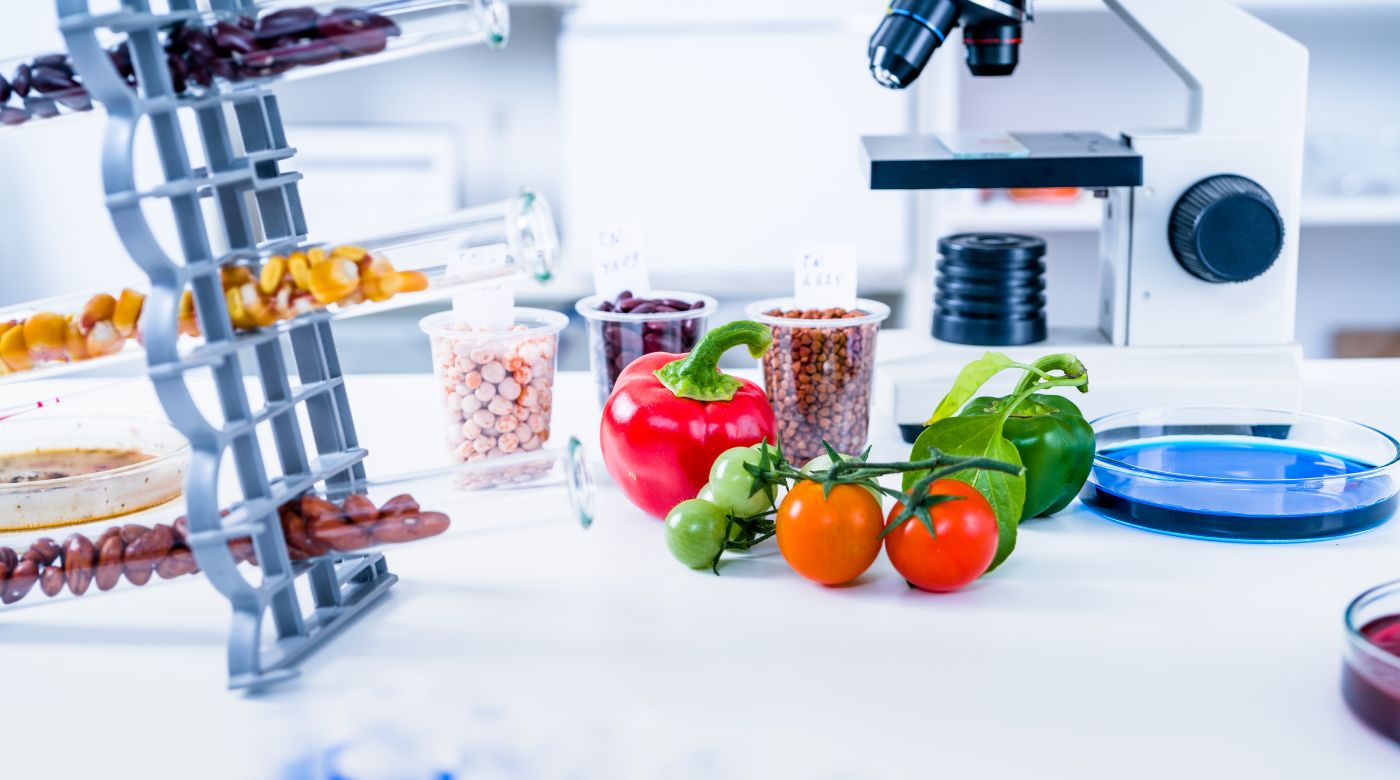Exploring the intersection of innovation and consumer perception.
- Consumer Determination
- Knowledge Empowers Choice
- Unveiling Novel Technologies
- Understanding the Technologies
- Closing Thoughts
Food innovation is an ever-evolving landscape driven by the need to meet market demands for sustainability, safety, and nutritional quality. The latest focus is on products that are not only healthier but also free from additives, boasting extended shelf life. Achieving this demands the integration of new technologies. Yet, the success of these innovations hinges on understanding consumer attitudes toward them.
Consumer Determination
In the dynamic realm of food technologies, consumer trust plays a pivotal role. The market fate of new products is essentially in the hands of consumers. Reflecting on past instances, technologies like irradiation and genetic modification faced consumer apprehension that significantly impacted their adoption.
Consumer opinions, shaped by factors like knowledge, risk perception, and socio-demographic characteristics, can either propel or hinder the acceptance of these groundbreaking methods.
Knowledge Empowers Choice
The lack of awareness and familiarity often breeds skepticism, with misunderstood technology names exacerbating the issue. Bridging this knowledge gap becomes imperative for widespread acceptance. Empowering consumers with information regarding the benefits and real-life impact of these technologies is key. Informed consumers are more likely to make conscious choices, steering away from unwarranted fears.
Unveiling Novel Technologies
Has part of our research project Transit – Training Network we delve into consumer perceptions of novel non-thermal processing technologies. These include high pressure (HPP), non-thermal plasma (NTP), pulsed electric field (PEF), and ultrasound (US). By involving consumers early in the product development stage, we hope to unravel their views on risk and trust, crucial elements influencing the market success of products born from these technologies.
Understanding the Technologies
Now, let’s talk about these four cutting-edge technologies. High pressure, plasma, electric field, and sound waves—all are non-thermal methods reshaping food preservation. With advantages like preserving product quality, sensory characteristics, and nutritional value sans additives, they promise fresher, healthier alternatives. However, challenges linger, including limitations on applicable foods, ineffectiveness against microbial spores, and a lack of standardization due to the ongoing developmental phase.
Closing Thoughts
In conclusion, the journey towards embracing these novel technologies demands an informed perspective. Your opinion matters, and understanding the intricacies of these advancements ensures your choices align with both your preferences and the evolving landscape of food innovation. What’s your take on these technologies? Positive or negative? As we navigate through this discussion, let’s uncover the nuances together.





